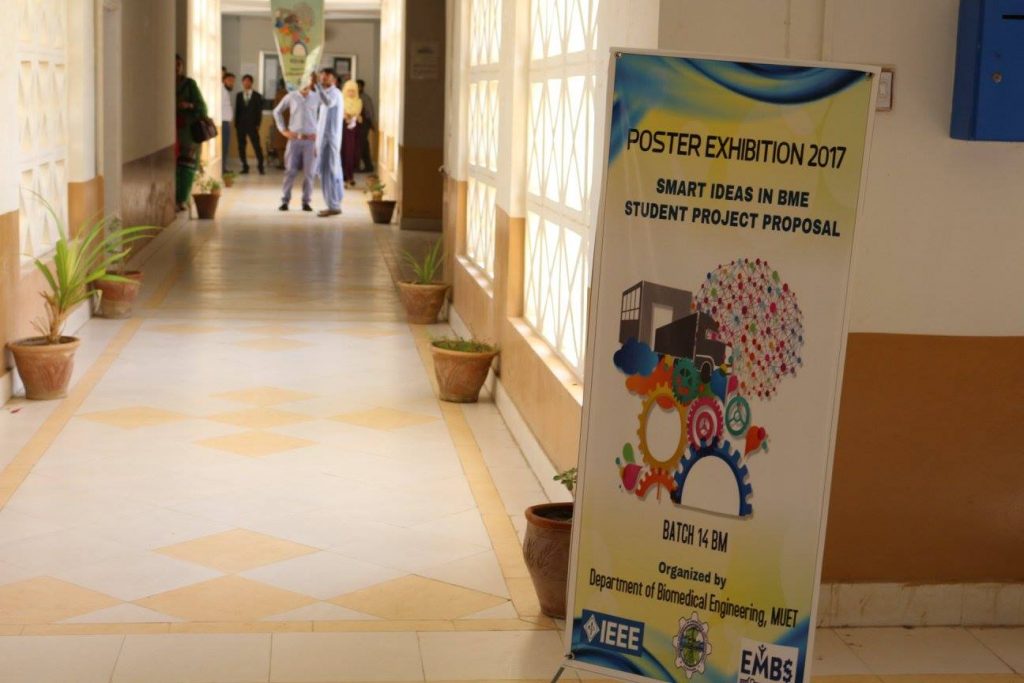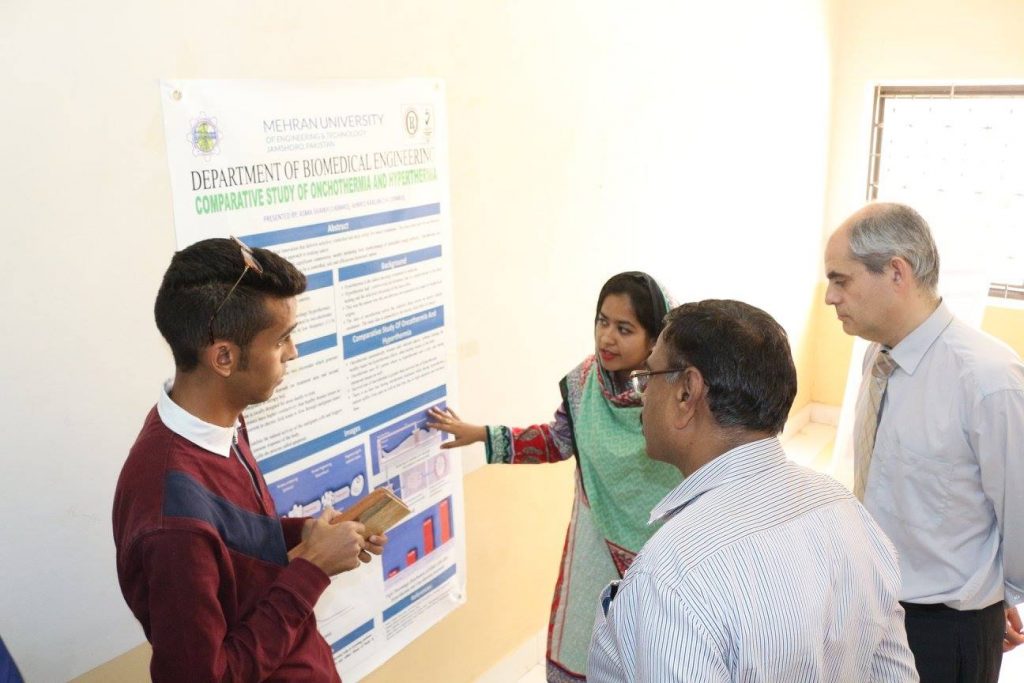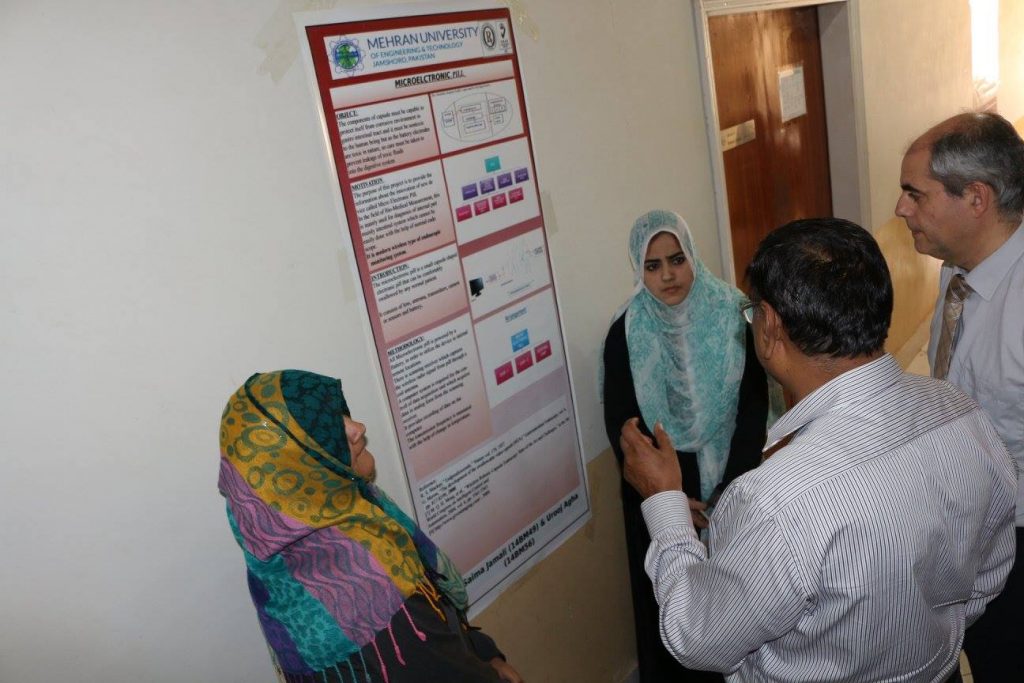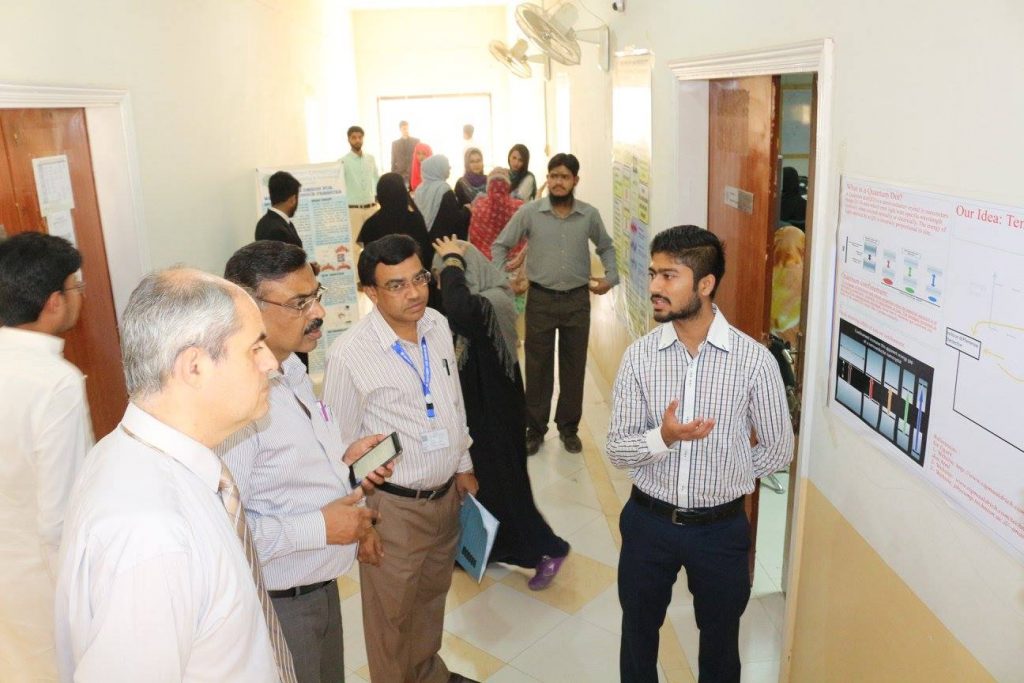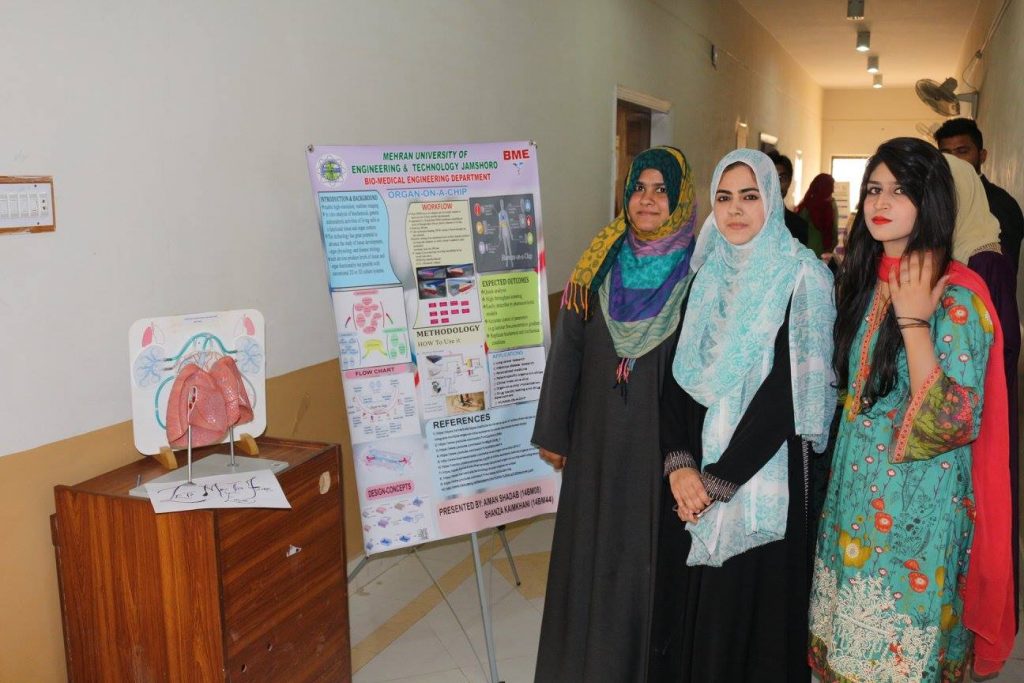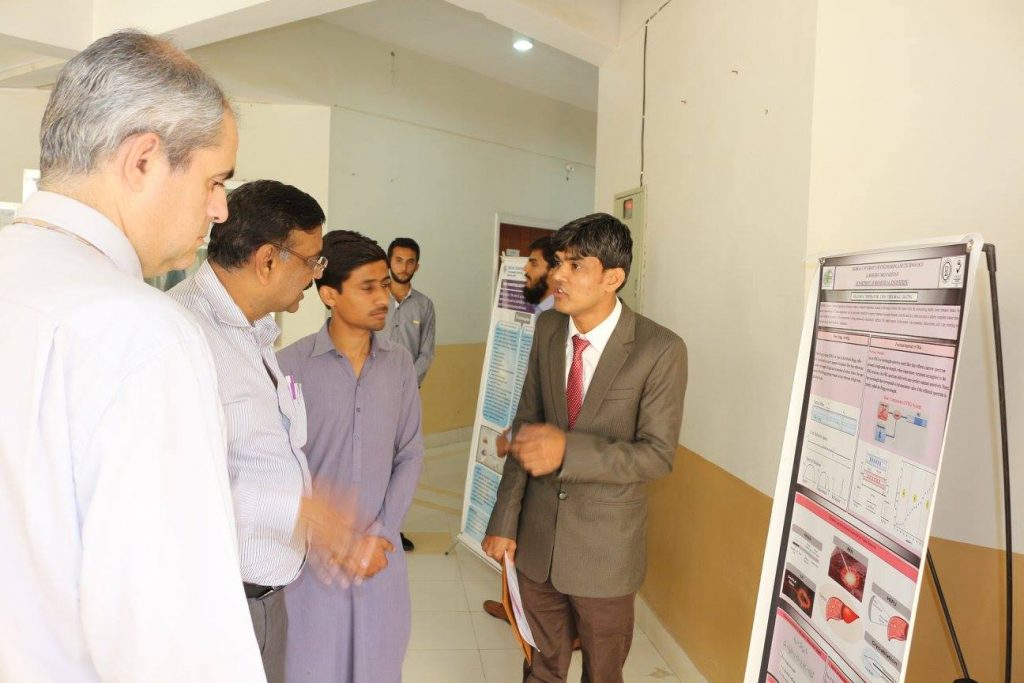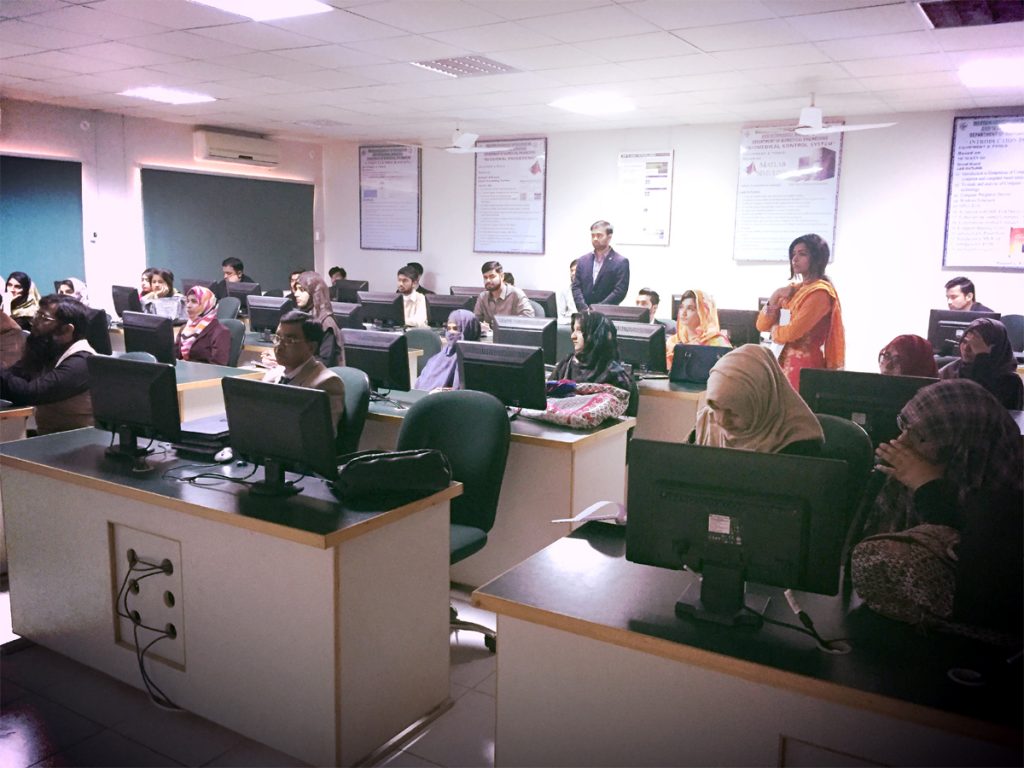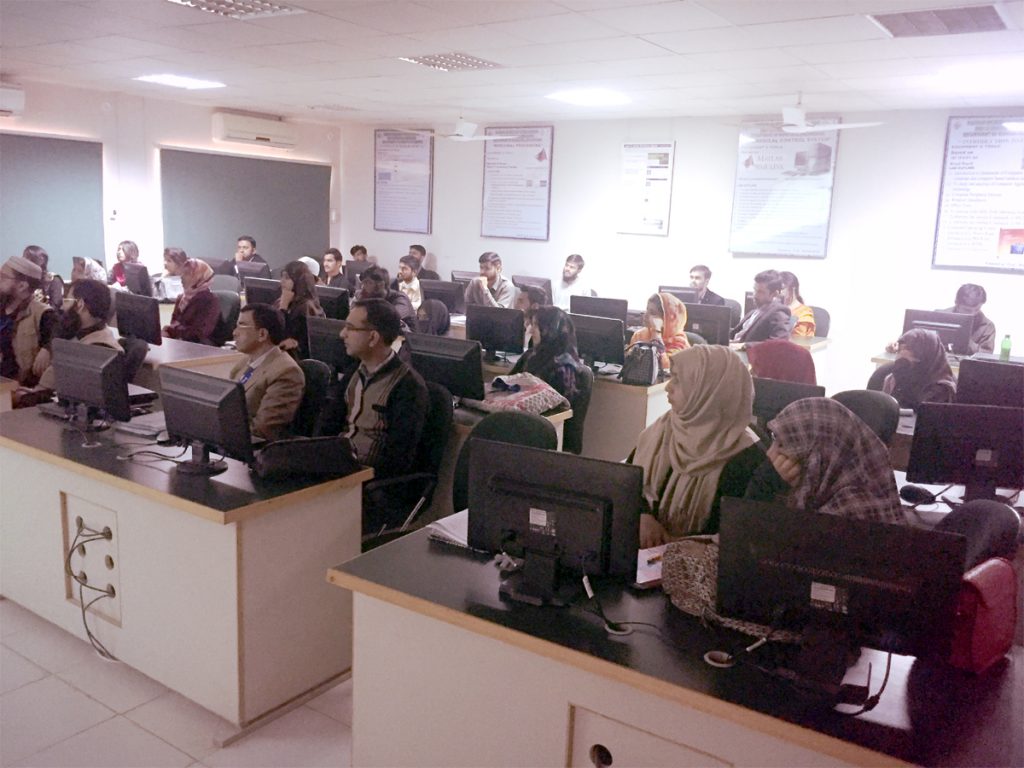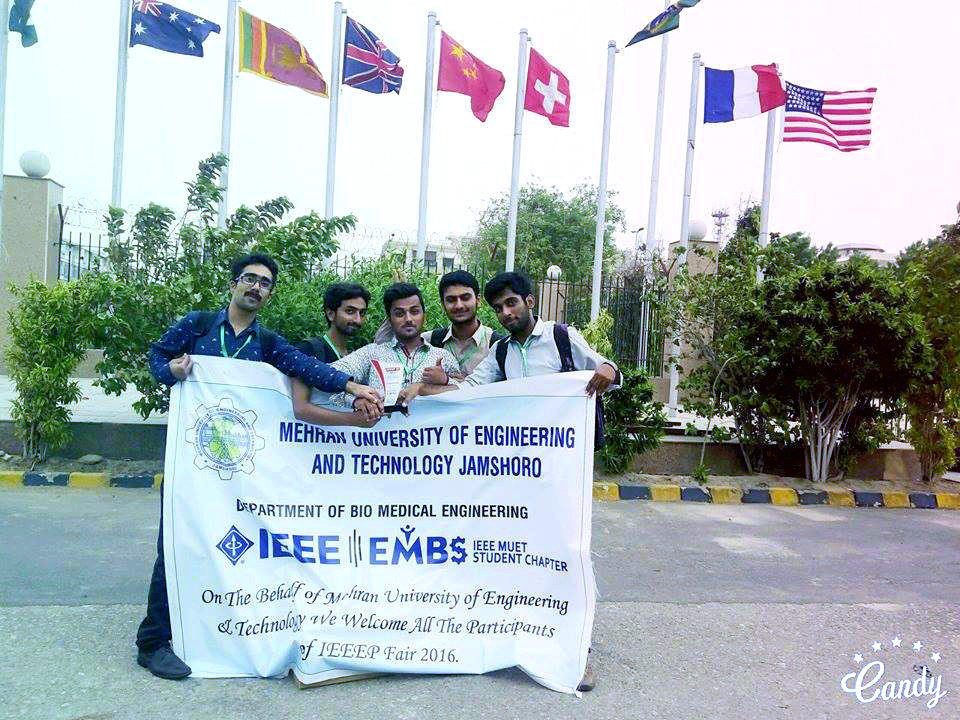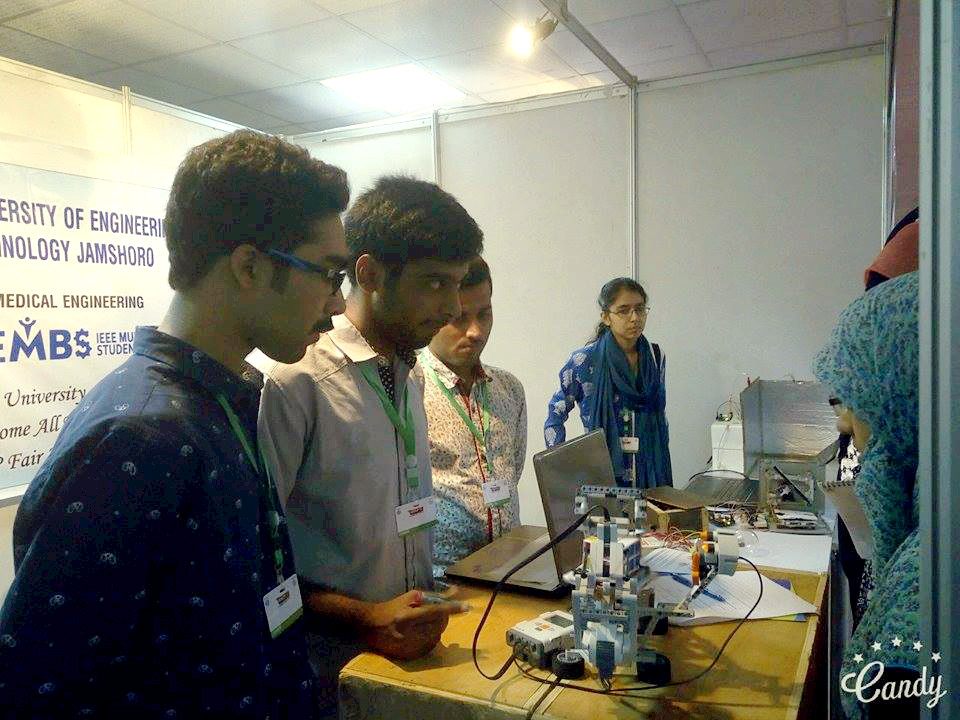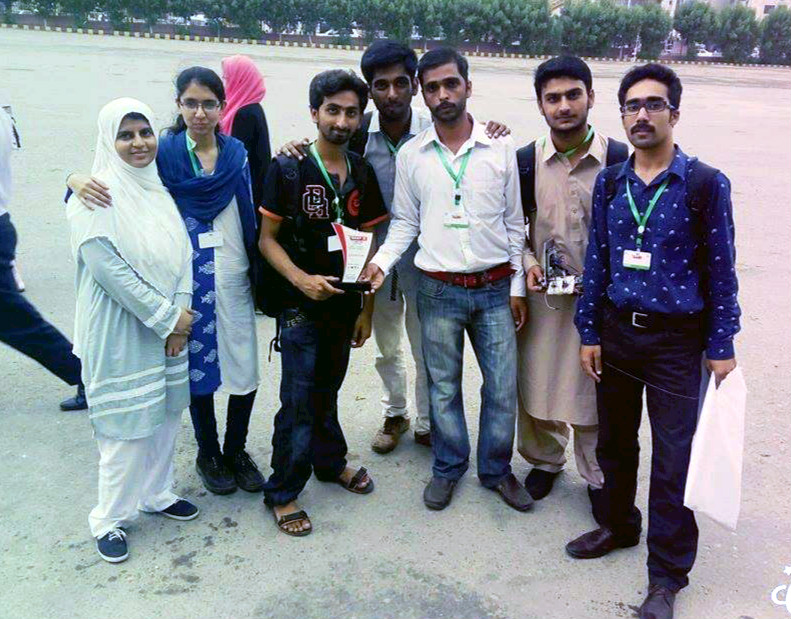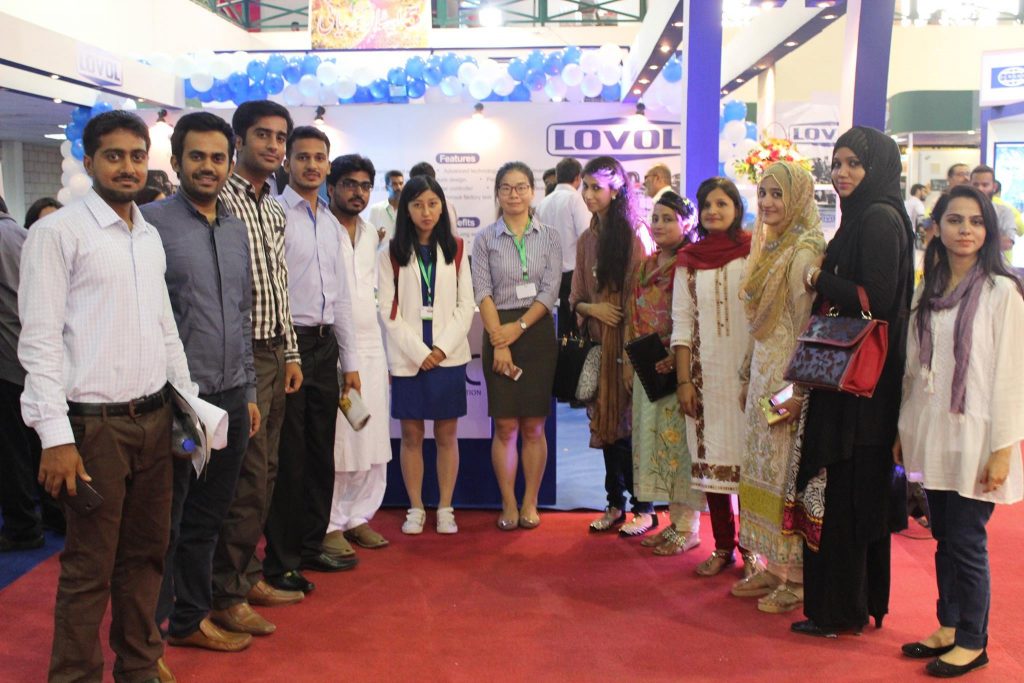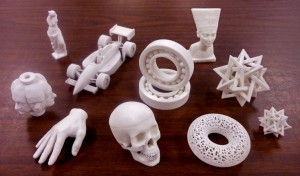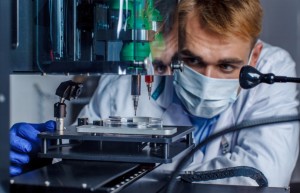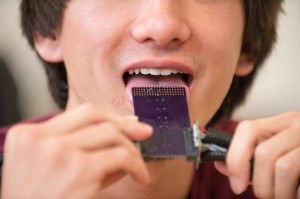The Honorable Mr. Shahid Khaqan Abbasi
Prime Minister of Pakistan
Prime Minister’s Secretariat,
Islamabad
&
The Honorable Mr. Syed Syed Murad Ali Shah
Chief Minister of Sindh
Chief Minister’s Secretariat
Karachi, Sindh
Sirs, It is hereby informed to your good self that this letter has been penned down from the ink of Biomedical Engineers of Sindh to knock the board rooms of the higher authorities of Sindh in general and Pakistan in particular to register a case against undue employment challenges faced by us right after graduation. Your honor! It is advocated with great certainty and hope that we the Biomedical Engineers of Sindh are facing tremendous cases of joblessness and we feel betrayed and disappointed by complete failure of the Pakistan Engineering Council in addressing our grievances regarding possible short-term internship based employment prospects on contractual basis with the capacity to entertain extended long-term performance based opportunities for the possible career growth in this magnificent field promising highest gross income in the other parts of the world owing to a disciplined, corruption free and merit based human resource potential extraction mechanism.
Biomedical Engineering is considered as a top profession in the developed world owing to latest emerging technological advancements in the field of medicine and industry thanks to innovation in technology and its implementation. With increasing research prospects in this field, it is expected that Biomedical instrumentation will gain perpetual momentum that ceases to exist. Unlike other countries Pakistan is facing tribulations in health care deliver. The health system in Pakistan is currently going through several reforms at the federal and provincial level particularly to improve the delivery of health service to the population. Although, our nation’s health care providers – surgeons, physicians, nurses, and others work hard to provide life-saving and life-improving care to millions of Pakistanis but, the level of quality and efficiency of care varies significantly across the country. With growing healthcare awareness, increase in population and greater affordability for optimized healthcare, the need for qualified Biomedical Engineers is increased in Pakistan therefore; the suitable and applicable structure is required to bridge the gap between medical technology and patient care. Currently, the status of Biomedical Engineering in Pakistan is far from satisfactory. There is not much research work in field of Biomedical Engineering in Pakistan and there is no production or manufacturing of Biomedical equipments, machines and instruments in Pakistan at a larger commercial level. For the sake of optimized healthcare facilities provision at the doorsteps for the people of Pakistan, it is extremely important to inaugurate a foolproof employment policy for the Biomedical Engineers of Pakistan and ensure its unconditional implementation so that human resource potential dealing with Biomedical equipment is available and increasing with regards to the increasing healthcare requirements.
Mehran University of Engineering and Technology, Liaquat University of Medical & Health Sciences, and NED University of Engineering and Technology offer Biomedical Engineering programs annually to produce Biomedical Engineering based work function to operate in hospitals and healthcare enters across the province however, very few of such Engineers are working as gazetted officers in the various hospitals available in the cities and villages. Approximately one hundred and fifty Biomedical Engineers graduate each year but unfortunately only a handful receives employment in the same profession.
In Pakistan, Biomedical Engineers should be employed in universities, industries, hospitals, research centers for education and medical institutions, teaching and government regulatory agencies. Government is requested to start a Biomedical Engineering Regulatory Board and recruit Biomedical Engineers for product testing and safety, besides establishing safety standards for devices. Biomedical Engineers can provide recommendation and supervision in the selection of medical equipment and they can also manage the performance of equipment on continuous basis. A well-established hospital cannot offer quality of healthcare without having Biomedical Engineering department, particularly hospitals with secondary and tertiary care, because such hospitals are full of medical equipment, instruments, devices, and machinery that can be operated, calibrated and maintained by Biomedical Engineers through appropriate catalogue.
The Govt. of the Punjab recently recruited more than one hundred and thirty Biomedical Engineers via Punjab Public Service Commission and on the contrary no such initiative has been taken by the Govt. of Sindh due to lack of leadership and strategy.
Therefore, keeping in view the current unfortunate scenario of Biomedical Engineers of Sindh province, it is appealed with great earnestly to your good office to pursue the matter most urgently and in complete order and address the issues concerning severe joblessness in the said profession. It is appealed to investigate the matter in this regard so that the grievances are heard and noticed.
This is for your kind information Sir
Thanking you in anticipation
Engr. Salman Abbasi
13bm12@student.muet.edu.pk



